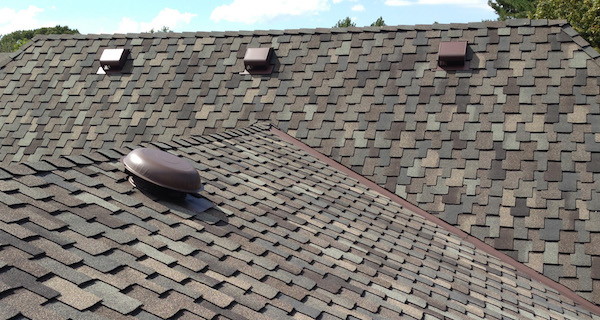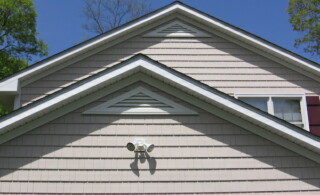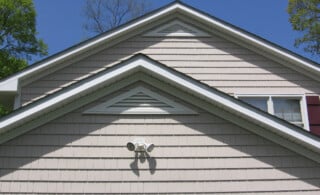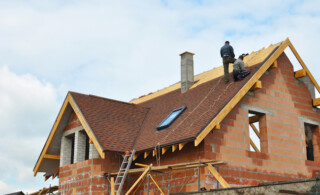
Attic ventilation is one of the single most important aspects of your home when it comes maintaining high energy efficiency, besides its numerous other benefits. If you suspect you don’t have sufficient ventilation in your attic, or just want to upgrade the ventilation system you do have, talk to a roofing contractor or ventilation specialist about the best available options for your home.
Why Attic Ventilation Is So Important during Summer Months
First and foremost, proper ventilation in your attic means big energy savings. During the summer months an improperly ventilated attic can reach temperatures of over 160 degrees, and all that heat radiates right down into your home. If you’ve got an air conditioner, it’s working overtime to compensate and costing you money. And if you don’t have an air conditioner, all that extra heat can make hot summer days almost unbearable. By installing proper ventilation you can drastically cut down the time you’ll need to run your AC, save money, and make your home more comfortable, all in one fell swoop.
Why Proper Ventilation Is So Important: the Winter Version
In the winter, your attic ventilation serves an entirely different purpose. Poor ventilation can lead to moisture build-up in your attic, and in the winter months that can mean big trouble. As the temperature in your attic fluctuates with the weather outside, that moisture can actually condensate, freeze, and then “rain” down on your attic when it melts. The result is water damage, and even worse, mold and mildew buildup. Furthermore, a well ventilated attic helps prevent ice and snow buildup on the outside of your roof as well, both of which can lead to host of other problems. Basically it doesn’t matter what the season is, a well-ventilated attic is a home improvement must.
Tools of the Trade
A contractor who specializes in attic ventilation will be able to inform you which ventilation systems are best for your home, since your home design may limit, to some extent, the options you have to choose from. Nonetheless, here is a quick list of the most popular ventilation systems being installed today.
 Attic Ventilation Myths That are Off the Charts
Attic Ventilation Myths That are Off the Charts  Roof Insulation Captures Escaping Energy
Roof Insulation Captures Escaping Energy  Ridge Vents Can Help Let Off Some Steam
Ridge Vents Can Help Let Off Some Steam  Gable Vents: Let Your Attic Breathe
Gable Vents: Let Your Attic Breathe  Are Dormers Right for Your Home? A Look at the Pros and Cons
Are Dormers Right for Your Home? A Look at the Pros and Cons 

Are You Familiar With This Topic? Share Your Experience.